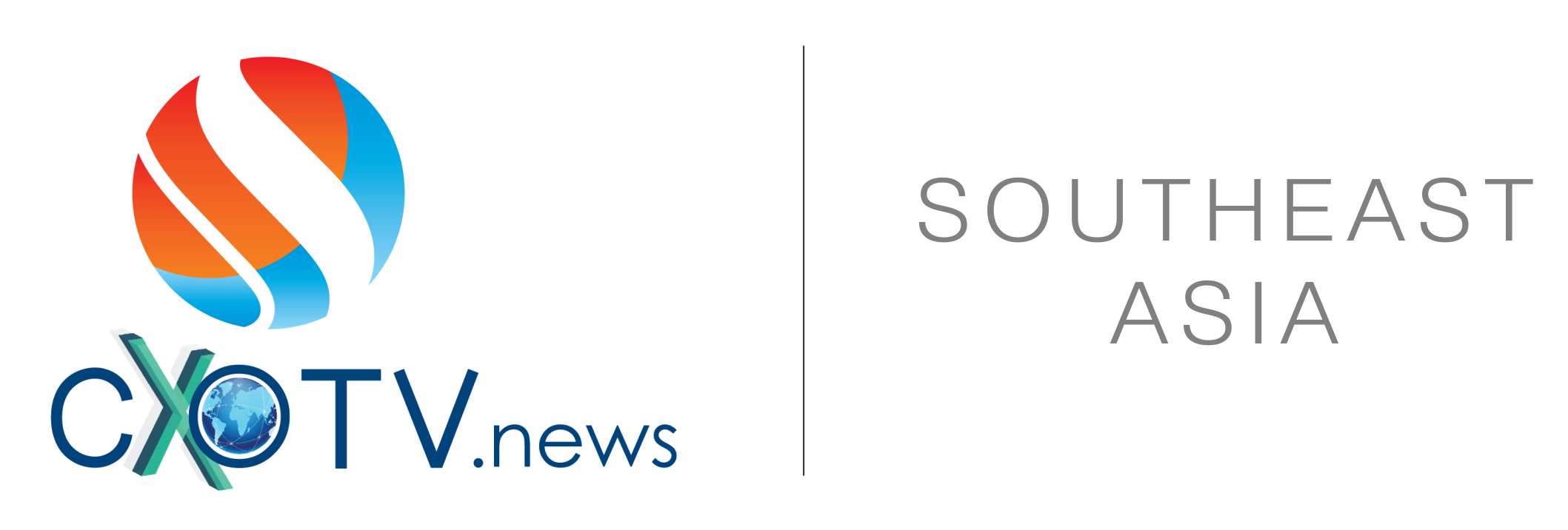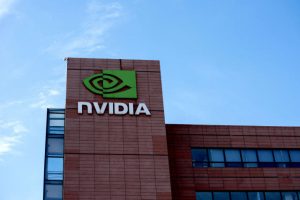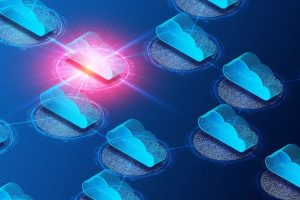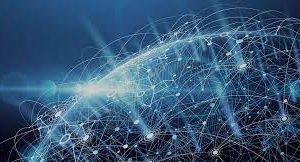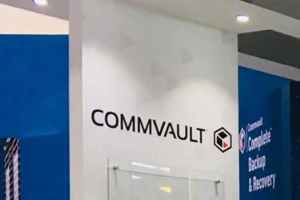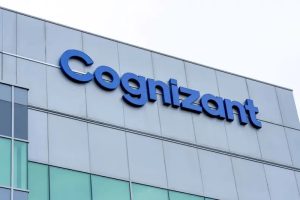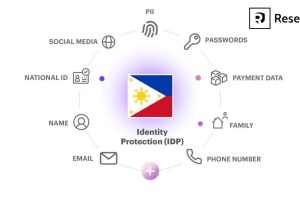Siemens and Microsoft have joined forces with the W3C Consortium to align the Digital Twin Definition Language (DTDL) with the Thing Description standard. This collaborative effort aims to standardize digital twin languages, crucial for ensuring interoperability in the evolving IoT landscape. By harmonizing these languages, customers can expect consistent modeling experiences, reducing fragmentation and simplifying system integration and interoperability challenges often encountered when deploying multiple vendors in their infrastructure.
Digital twins, serving as virtual replicas of physical objects or systems in a digital environment, play a vital role in enabling organizations to monitor, predict, and optimize asset performance. Standardizing digital twin languages is therefore essential to facilitate seamless communication and integration across different digital twin systems and platforms.
Siemens, already supporting the W3C Thing Description standard in building management, power distribution, and smart grids, aims to extend this interoperability strategy to Microsoft Azure, offering significant benefits to customers. Thomas Kiessling, Chief Technology Officer at Siemens Smart Infrastructure, emphasizes the importance of converging DTDL and W3C Thing Description to enable customers to describe the physical world independently of specific IoT platforms, promoting collaboration and openness.
Microsoft’s Digital Twin Definition Language, coupled with Azure services, facilitates modeling of the physical world, while the W3C Thing Description standard provides an interoperable representation of device interfaces and industry ontologies. The convergence of these languages, driven by the shared vision of democratizing digital twins in the industry, represents a significant step forward in fostering collaboration and standardization efforts. Erich Barnstedt, Chief Architect Standards, Consortia and Industrial IoT at Microsoft Corporation, underscores the natural progression of merging DTDL with W3C Thing Description to advance the democratization of digital twins.
